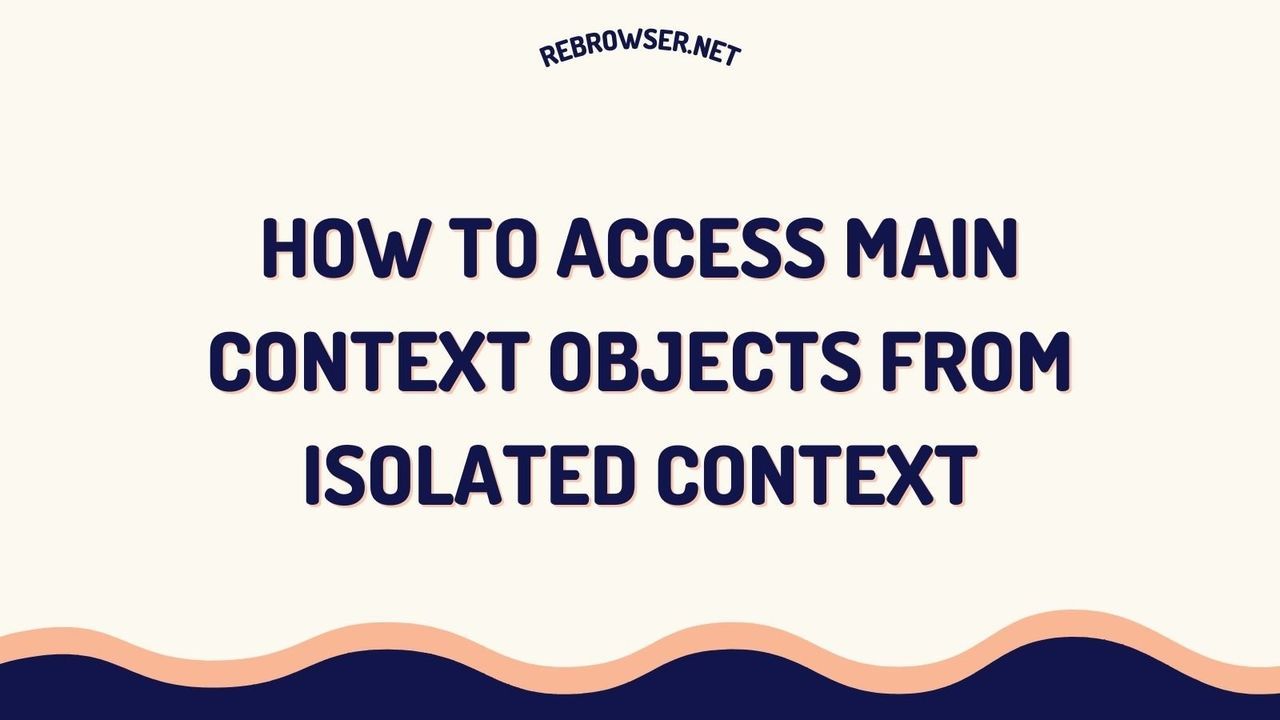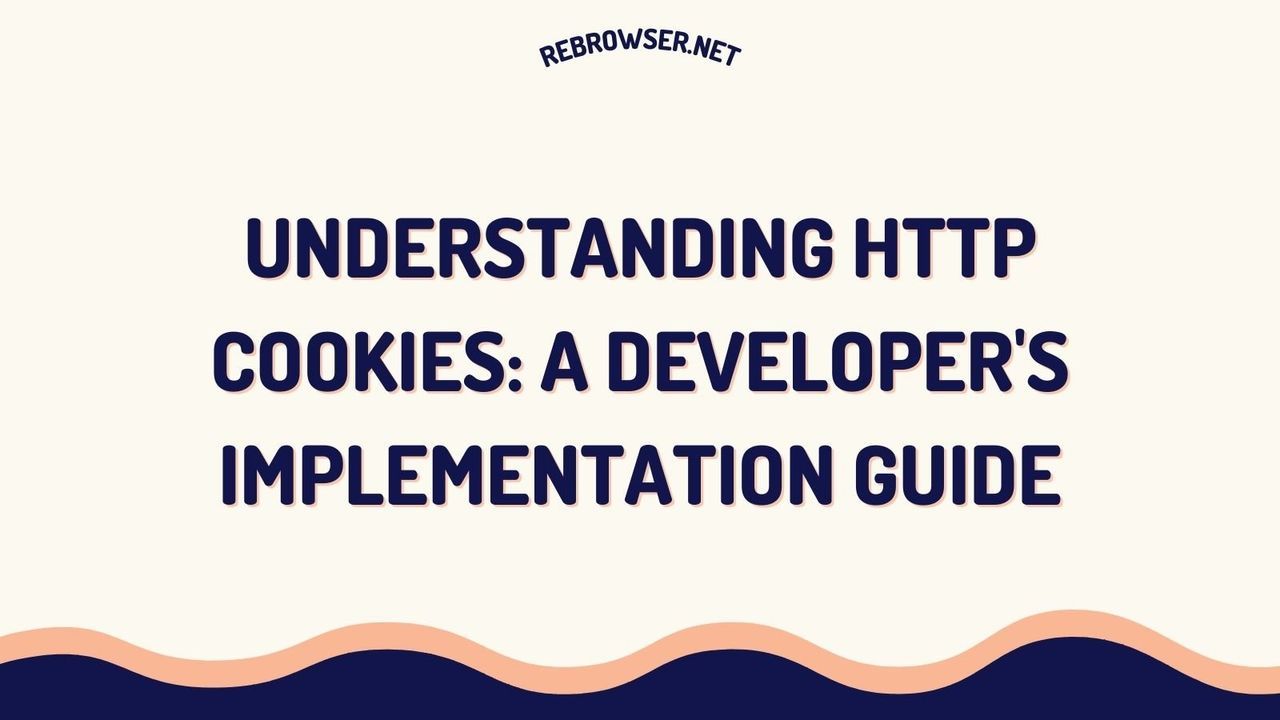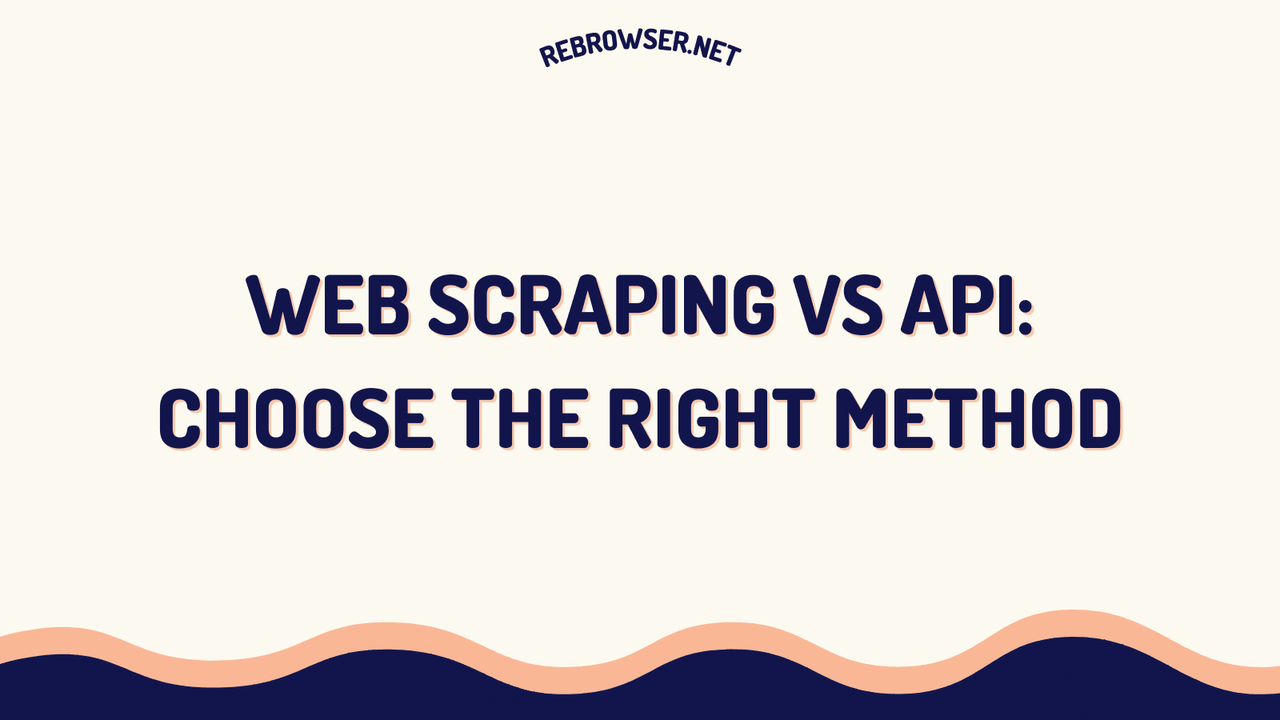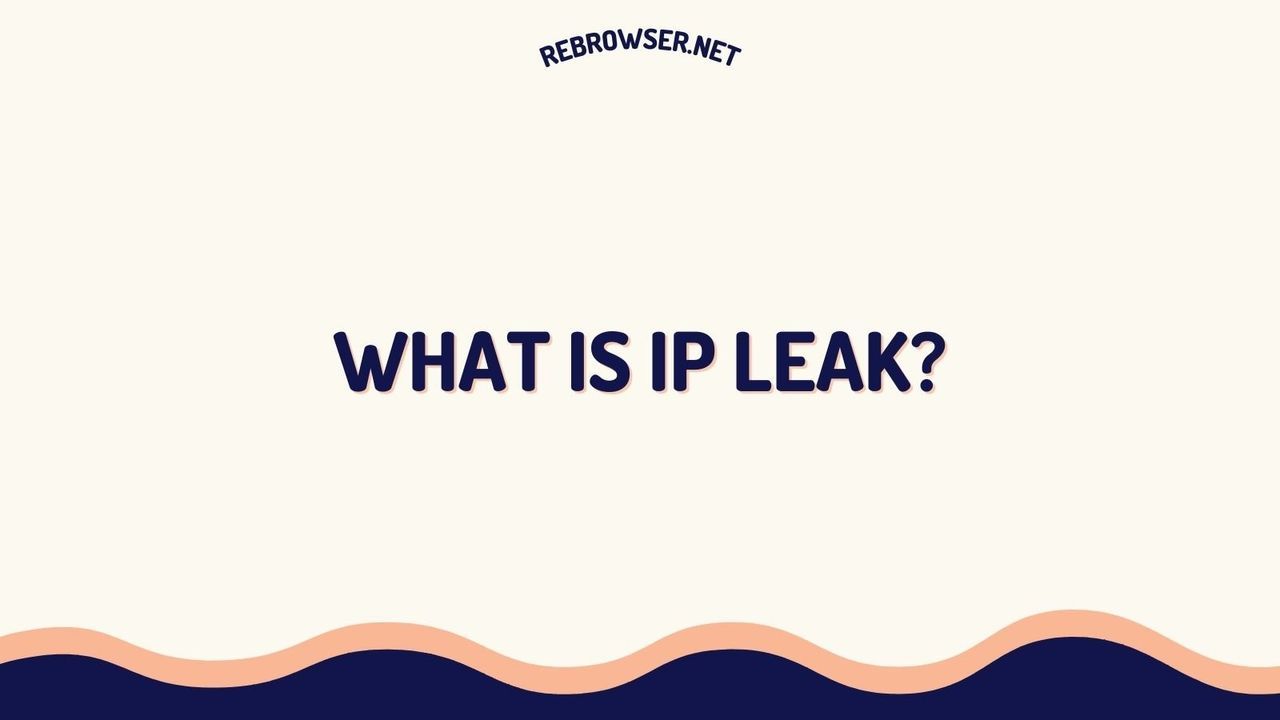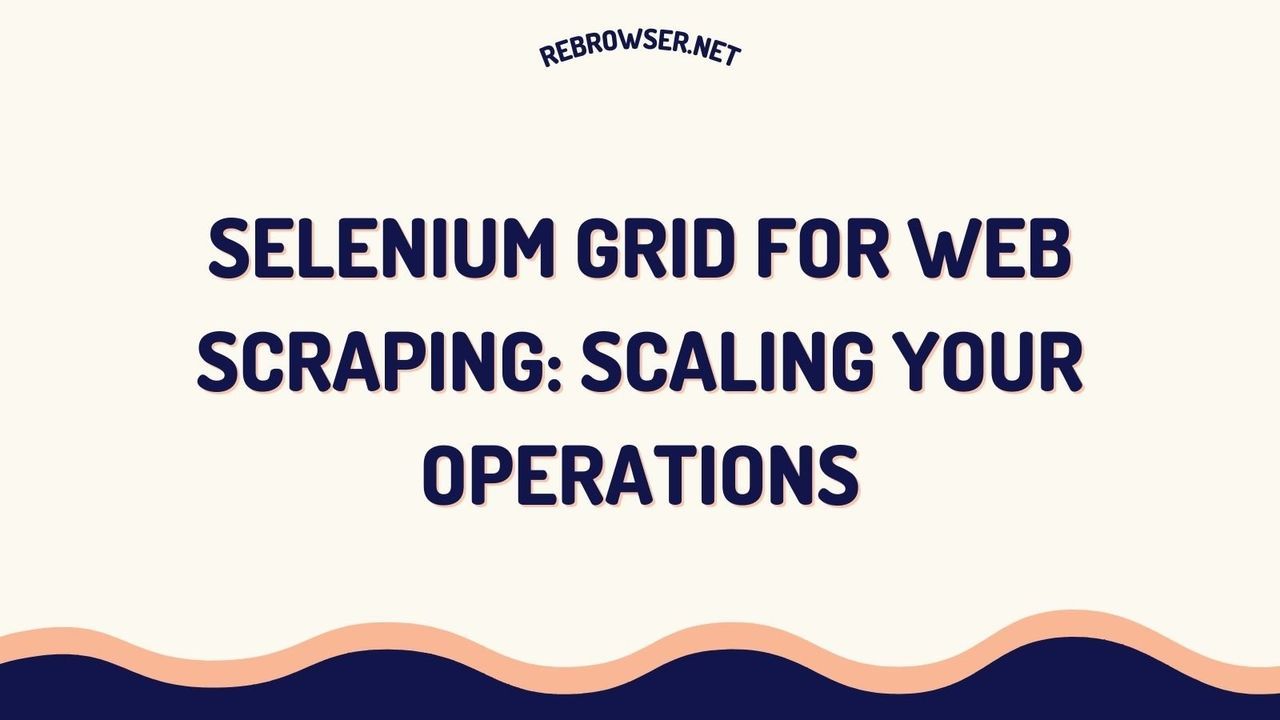Cloud Web Scraping: A Practical Guide to Modern Data Extraction
Key Takeaways
- Cloud web scraping offers superior scalability and cost efficiency compared to traditional methods, with 60% lower infrastructure costs on average
- Modern cloud scraping solutions integrate advanced features like intelligent IP rotation, CAPTCHA handling, and real-time data processing
- Implementation success depends on choosing the right architecture between self-hosted solutions like Selenium Grid and managed services
- Effective cloud scraping requires a balance between performance, compliance, and resource optimization
Introduction
In today's data-driven landscape, web scraping has evolved from a simple data collection tool to a critical business intelligence component. Cloud web scraping represents the next evolution in this journey, offering unprecedented scalability and efficiency for web scraping implementations. This guide explores how modern organizations can leverage cloud-based scraping solutions to transform their data collection processes while maintaining reliability and cost-effectiveness.
Understanding Cloud Web Scraping
Cloud web scraping refers to the practice of extracting web data using cloud-based infrastructure rather than local machines. This approach fundamentally changes how organizations handle large-scale data collection by leveraging distributed computing and specialized services.
Traditional vs. Cloud Scraping: A Comparison
| Aspect | Traditional Scraping | Cloud Scraping |
|---|---|---|
| Infrastructure Costs | High upfront investment | Pay-as-you-go model |
| Scalability | Limited by hardware | Elastic scaling |
| Maintenance | Regular manual updates | Automated updates |
| IP Management | Limited rotation options | Advanced rotation systems |
Core Benefits of Cloud Web Scraping
1. Enhanced Scalability
Cloud scraping solutions can automatically scale resources based on demand. According to recent industry data, organizations using cloud scraping report handling 300% more requests during peak times without performance degradation. This scalability is particularly crucial for businesses that need to adapt to seasonal changes or sudden spikes in data collection requirements. For example, e-commerce companies during holiday seasons or financial institutions during earnings report periods can dynamically adjust their scraping capacity without investing in additional hardware infrastructure.
2. Cost Optimization
The pay-as-you-go model eliminates the need for large upfront investments. Studies show that businesses switching to cloud scraping reduce their infrastructure costs by 40-60% on average. This cost reduction comes from multiple factors: elimination of hardware maintenance costs, optimized resource utilization, and the ability to scale down during low-demand periods. Organizations can also better predict and control their expenses by paying only for the computing resources they actually use, making budgeting more accurate and manageable.
3. Advanced Features
- Intelligent IP rotation systems
- Built-in CAPTCHA handling
- Real-time data processing capabilities
- Automated error recovery
- Geographic data collection optimization
Implementation Approaches
Self-Hosted Cloud Solution
Using platforms like Selenium Grid or custom Docker implementations:
version: '3.8'
services:
hub:
image: selenium/hub:4.13.0
ports:
- 4442:4442
- 4443:4443
- 4444:4444
environment:
GRID_MAX_SESSION: 8
chrome_node:
image: selenium/node-chrome:4.13.0
depends_on:
- hub
environment:
SE_EVENT_BUS_HOST: hub
SE_EVENT_BUS_PUBLISH_PORT: 4442
SE_EVENT_BUS_SUBSCRIBE_PORT: 4443
Managed Services
Using specialized cloud scraping platforms:
import cloudscrapingservice as css
scraper = css.CloudScraper(
concurrent_requests=10,
proxy_rotation=True,
captcha_handling='auto'
)
async def scrape_data():
results = await scraper.gather_data(
urls=target_urls,
parse_function=extract_data,
error_handling='retry'
)
return results
Best Practices and Optimization
1. Resource Management
Implement intelligent resource allocation:
- Dynamic scaling based on queue size
- Automatic instance termination for idle resources
- Load balancing across regions
- Resource monitoring and usage analytics
- Automated backup and recovery procedures
- Geographic distribution for optimal performance
Effective resource management in cloud scraping requires a strategic approach to resource allocation and monitoring. Organizations should implement comprehensive monitoring systems to track resource usage patterns, identify bottlenecks, and optimize their scraping operations. This includes setting up alerts for unusual resource consumption and implementing automated scaling policies based on historical data patterns.
2. Error Handling and Reliability
class CloudScraperHandler:
def __init__(self):
self.retry_count = 3
self.backoff_factor = 1.5
async def handle_request(self, url):
for attempt in range(self.retry_count):
try:
return await self.make_request(url)
except Exception as e:
await self.handle_error(e, attempt)
await asyncio.sleep(self.backoff_factor ** attempt)
3. Compliance and Ethics
Modern cloud scraping must adhere to:
- Website terms of service
- robots.txt specifications
- Rate limiting requirements
- Data privacy regulations
- Industry-specific compliance standards
- International data protection laws
- Ethical data collection guidelines
Compliance in cloud scraping extends beyond basic technical requirements. Organizations must develop comprehensive policies that address both legal and ethical considerations. This includes implementing data retention policies, ensuring proper data handling procedures, and maintaining transparency in data collection practices. Regular audits and updates to compliance procedures are essential to keep pace with evolving regulations and industry standards.
Organizations should also consider the ethical implications of their scraping activities, including the impact on target websites' resources and the potential effects on user privacy. Implementing ethical guidelines and best practices helps maintain positive relationships with data sources and ensures sustainable scraping operations.
Case Study: E-commerce Price Monitoring
A leading e-commerce platform implemented cloud scraping to monitor competitor prices across 50,000 products daily. Their implementation resulted in:
- 90% reduction in scraping failure rates
- 65% decrease in infrastructure costs
- Real-time price adjustment capabilities
- Improved market competitiveness
Developer Perspectives
Technical discussions across various platforms reveal diverse approaches to implementing cloud-based web scraping solutions, with developers weighing the tradeoffs between different hosting options and technical stacks.
Infrastructure Choices
The development community has explored various hosting solutions, from traditional cloud providers to more budget-friendly alternatives. While AWS Lambda and Google Cloud Functions are frequently recommended for their generous free tiers (supporting up to 1 million requests monthly), many developers suggest alternative platforms like DigitalOcean or Linode for more predictable pricing and simpler management. Notably, some developers caution about using cloud-based IPs for scraping, as they may trigger detection mechanisms on certain websites.
Technical Stack Considerations
When it comes to implementation, developers emphasize the importance of choosing the right scraping library before settling on a specific language or platform. The consensus suggests using Axios/Cheerio for static pages and Puppeteer/Playwright for JavaScript-heavy applications. Selenium remains popular for its reliability and ease of use, particularly among developers handling complex scraping scenarios requiring browser automation.
Cost-Effective Solutions
Engineers with hands-on experience share creative approaches to managing costs, including using promotional credits from cloud providers, leveraging free tiers strategically, and considering self-hosted options like Raspberry Pi for smaller-scale operations. Some developers recommend starting with local development before migrating to cloud solutions, allowing teams to understand their scaling needs better before committing to a specific infrastructure.
Future Trends in Cloud Scraping
Emerging Technologies
- AI-powered scraping optimization
- Blockchain-based data verification
- Edge computing integration
- Advanced browser fingerprinting prevention
- Natural language processing for content extraction
- Machine learning-based pattern recognition
- Distributed scraping networks
The future of cloud scraping is being shaped by rapid technological advancements. AI and machine learning algorithms are becoming increasingly sophisticated in identifying and extracting relevant data patterns, while also helping to navigate complex anti-scraping measures. Edge computing is enabling faster data processing by moving computation closer to the data source, reducing latency and improving efficiency. Additionally, blockchain technology is emerging as a promising solution for ensuring data authenticity and maintaining transparent audit trails in scraping operations.
Another significant trend is the integration of natural language processing capabilities, which enables more intelligent interpretation of scraped content and better handling of dynamic, context-dependent data. This is particularly valuable for organizations dealing with unstructured data or multiple languages.
Conclusion
Cloud web scraping represents a significant advancement in data collection capabilities, offering organizations the ability to gather and process web data at unprecedented scales. By following the implementation approaches and best practices outlined in this guide, businesses can build robust, efficient, and compliant scraping systems that deliver valuable insights while optimizing costs and resources.
Additional Resources
- Scrapy Documentation - Comprehensive guide to web scraping
- W3C WebDriver Specification - Technical standards for browser automation
- MDN Web Docs - HTTP - Understanding web protocols
